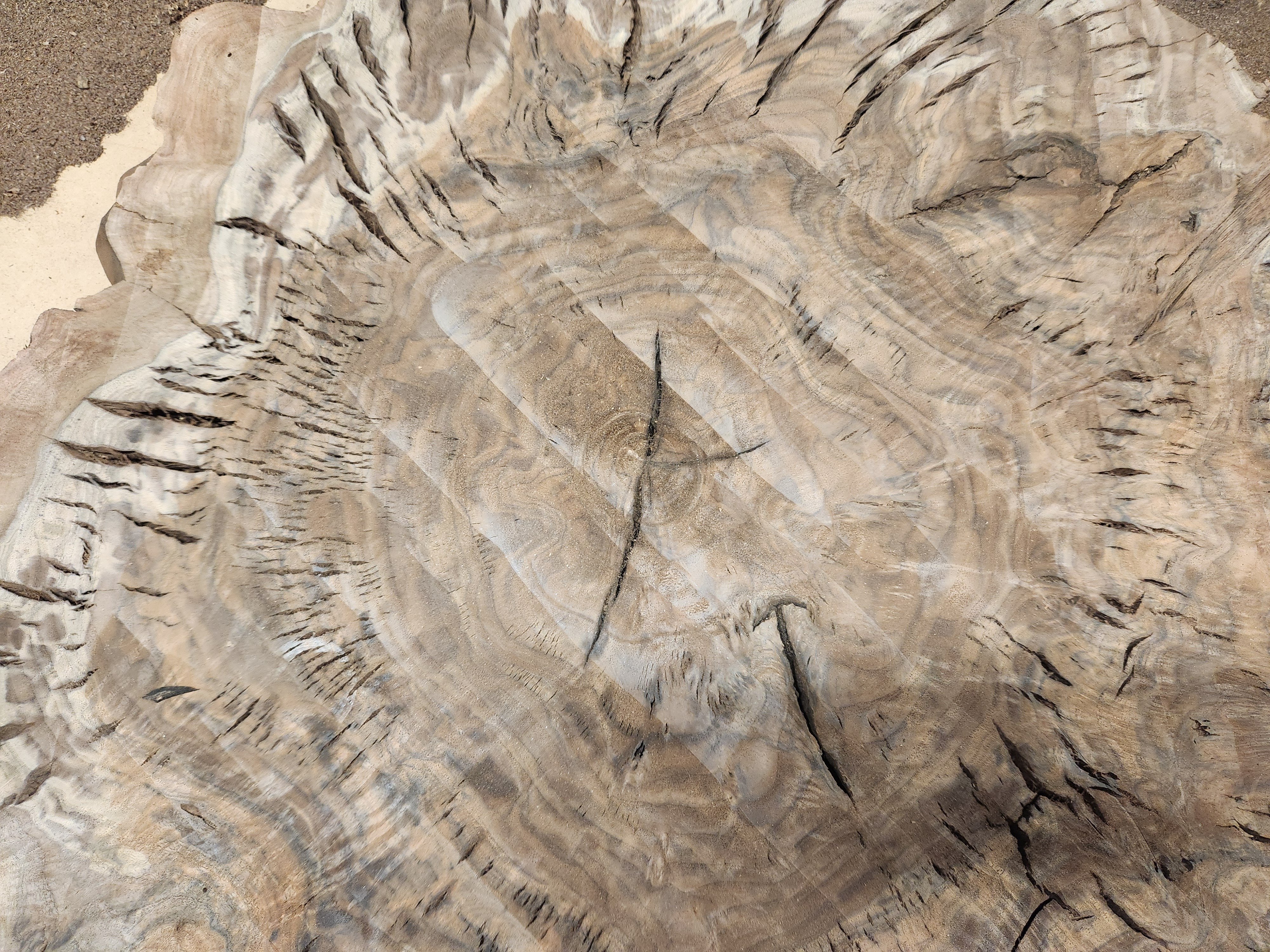this post was submitted on 26 Sep 2024
44 points (100.0% liked)
Woodworking
6309 readers
2 users here now
A handmade home for woodworkers and admirers of woodworkers. Our community icon is submitted by @[email protected] whose father was inspired to start woodworking by Norm and the New Yankee Workshop.
founded 2 years ago
MODERATORS
you are viewing a single comment's thread
view the rest of the comments
view the rest of the comments

Id guess the alternative is to pour them one at a time? If you don't want to flood it but you want the checks filled, that's really the only other option, isn't it?
So I guess I should tape off the bottom or somehow try to caulk around it to stop the epoxy from spilling out everywhere underneath? I am a complete amateur as far as epoxy work goes.
I didn't watch this the whole way through, but it might help you: https://youtu.be/E_d9hK20C94?si=TOh87hZYK79tpUAl
Yes. I epoxy filled some voids in a wood top for a desk I made a few years back. I used frog tape (fancy masking tape) on the bottom and it worked fairly well. Some epoxy still escaped and some of the tape was a bit difficult to get off. Be sure you do this over something like waxed paper for easier cleanup.
Like you, I tinted my epoxy black.
I used disposable cups for measuring, measured by weight on a digital scale (don't forget to weigh an empty cup), and mixed with a popsicle stick. Pour on the top around the cracks. Don't go too nuts on the first pour and let it fully cure. It will work its way into the cracks if you're using a crack filler - that stuff is very thin. Why not go big on the first pour? It will minimize the mount of leakage you get on the backside.
I sanded the top down afterwards and finished as per usual. The fill is very low key, which is what I wanted.
Pic of the desk being used. Look for the black between the boards.
I know nothing about any of this, but could one put the epoxy on a large flat surface and then put the wood on top face down?
Probably wouldn't work /shrug
I bet it would squeeze out around the edges. Since there's air in the voids/checks, the resin won't have a way in. You'd be left with a thin layer covering the voids but not filling them, so as soon as you sand it flat the voids reopen
The downside to that is the epoxy would only be surface level. You'd want to fill any cracks/checks entirely, and pouring it into the hole or flooding the whole slab would be the best way to ensure that